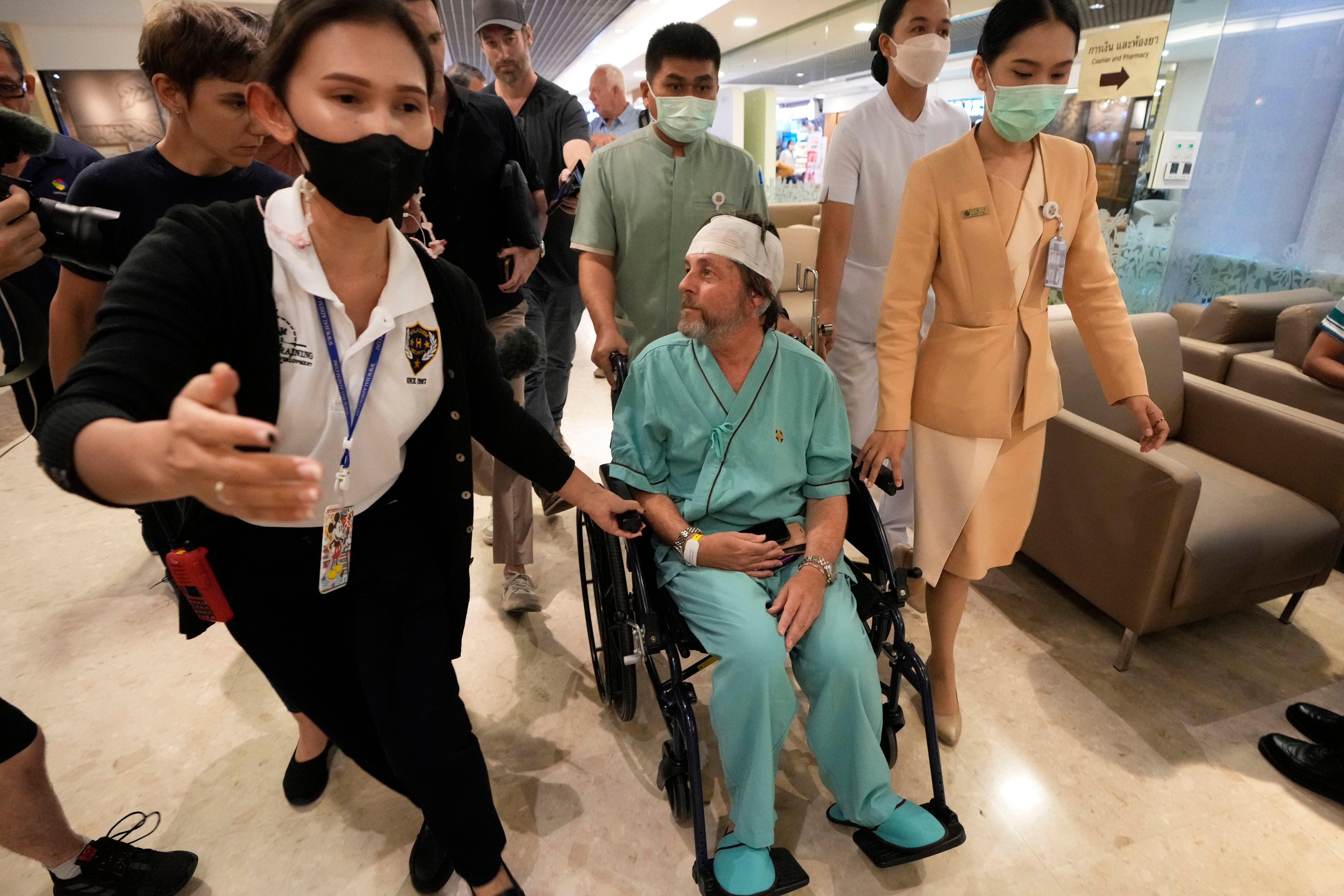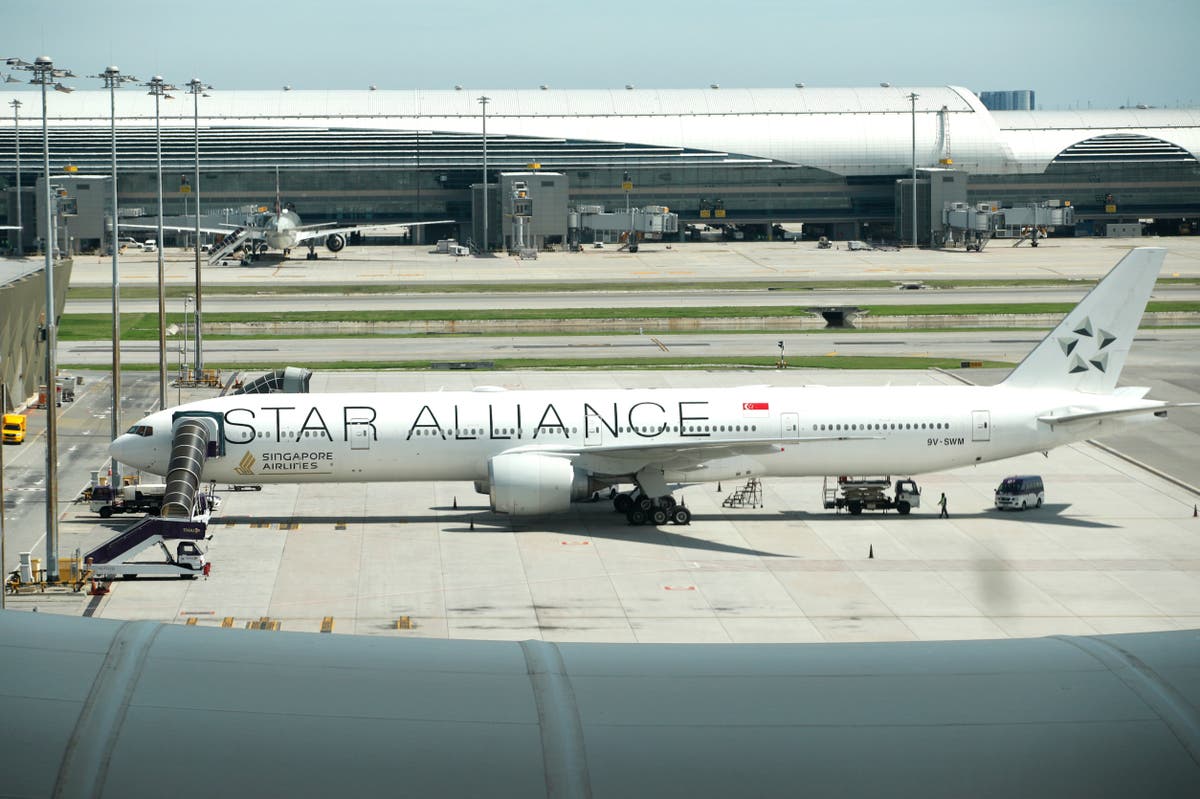The in-flight policies on Singapore Airlines planes have been updated following an incidence of extreme turbulence this week that saw the death of a British man and dozens of passengers injured.
The carrier has now decided to stop serving hot drinks and meals when the seatbelt sign is on.
It told The Independent that it has “adopted a more cautious approach to managing turbulence in-flight.”
“In addition to the suspension of hot beverage service when the seat belt sign is on, the meal service will also be suspended.
“During poor weather conditions, particularly in turbulence, cabin crew will continue to secure all loose items and equipment in the cabin and galley to minimise the risk of turbulence-related injuries.”
Crew will “continue to advise passengers to return to their seats and secure their seat belts” while also monitoring customers who may require assistance.
It added: “Pilots and cabin crew are aware of the hazards associated with turbulence. They are also trained to assist customers and ensure cabin safety throughout the flight. [Singapore Airlines] will continue to review our processes as the safety of our passengers and crew is of utmost importance.”

Following the tragic flight on Tuesday 21 May, the daily London to Singapore route has flown a different path between the countries.
SQ321 has completed two flights since the incident and has not flown over the part of Myanmar where the sudden turbulence occurred about three hours before its scheduled landing. The flight time is about the same, tracking data show.
They flew instead over the Bay of Bengal and Andaman Sea, according to route data from aviation tracker FlightRadar 24.
The terrifying incidence of turbulence occurred 10 hours into a flight from London Heathrow to Singapore when the Boeing 777 carrying 211 passengers and 18 crew members dropped 6,000ft in about three minutes.
The dive tossed people around the cabin, with some suffering head injuries from hitting the ceiling.
After regaining control, the captain diverted the plane to Bangkok’s Suvarnabhumi Airport, where medical teams evaluated those aboard and sent more than 80 to hospital.
Photographs from inside the plane showed gashes in the overhead cabin panels, oxygen masks and panels hanging from the ceiling and luggage strewn around. A passenger said some people’s heads had slammed into the lights above the seats and broken the panels.
A 73-year-old British died of a suspected heart attack, while as many as 40 passengers remain in hospital in Thailand – some in a serious condition.
Singapore Airlines has a stellar safety record and is widely seen as one of the world’s leading airlines.


